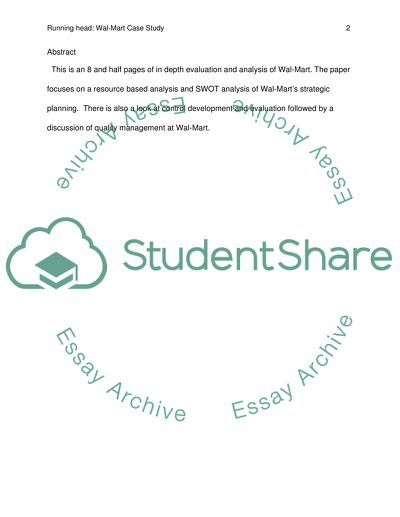Cite this document
(“Strategic planning Research Paper Example | Topics and Well Written Essays - 2000 words”, n.d.)
Retrieved from https://studentshare.org/family-consumer-science/1404758-strategic-planning
Retrieved from https://studentshare.org/family-consumer-science/1404758-strategic-planning
(Strategic Planning Research Paper Example | Topics and Well Written Essays - 2000 Words)
https://studentshare.org/family-consumer-science/1404758-strategic-planning.
https://studentshare.org/family-consumer-science/1404758-strategic-planning.
“Strategic Planning Research Paper Example | Topics and Well Written Essays - 2000 Words”, n.d. https://studentshare.org/family-consumer-science/1404758-strategic-planning.


